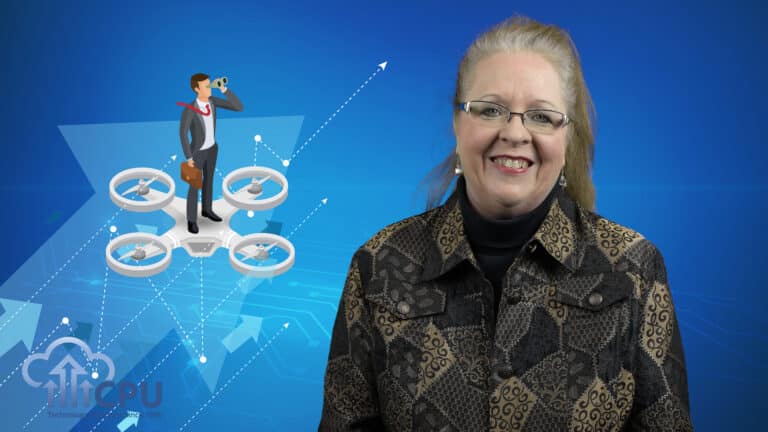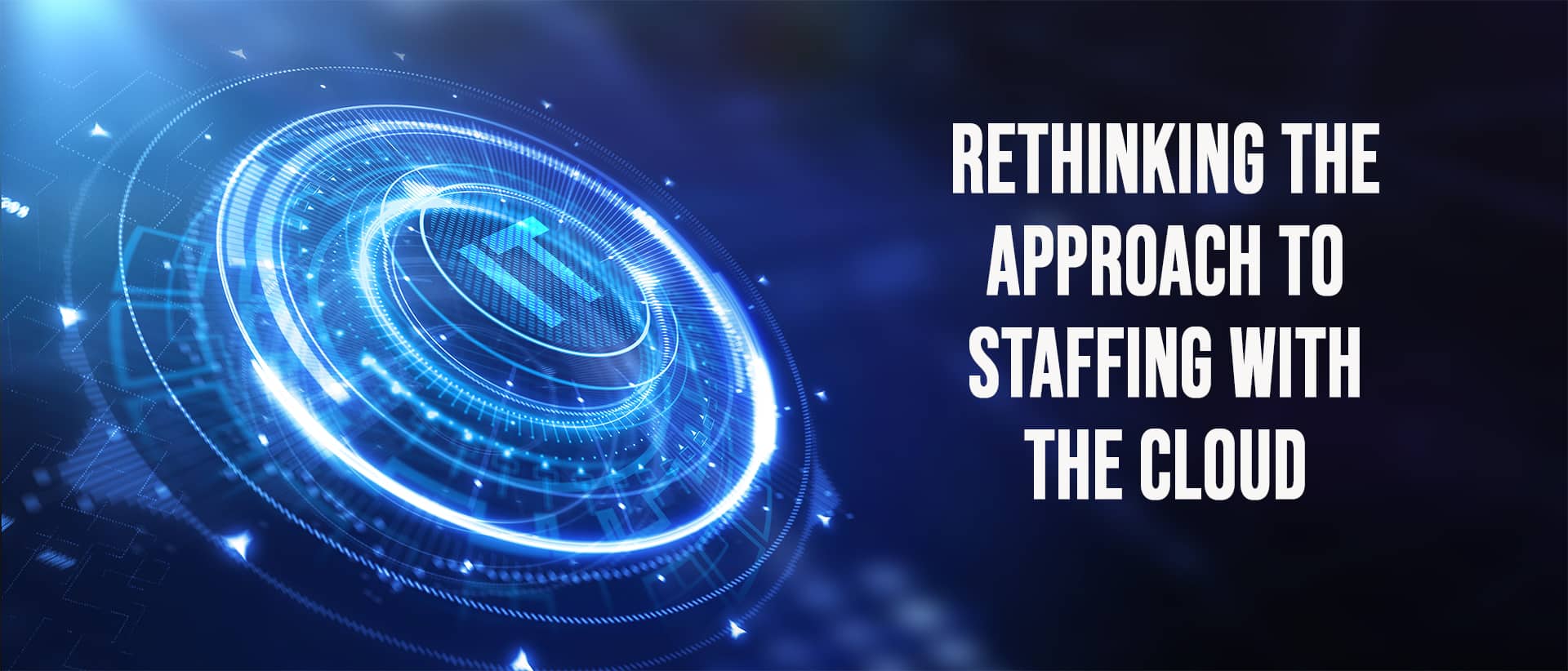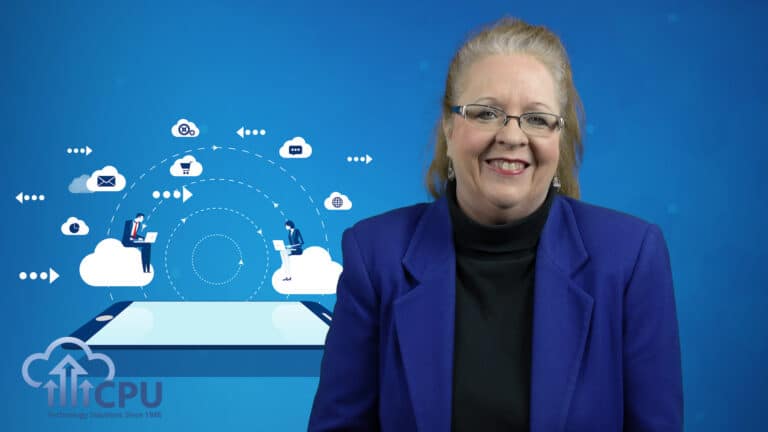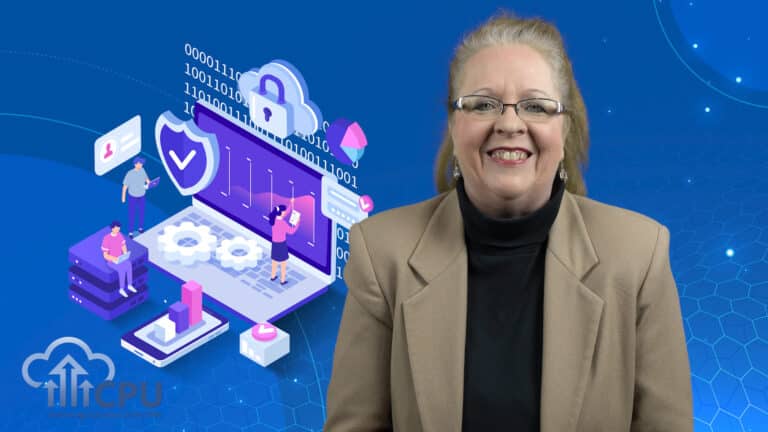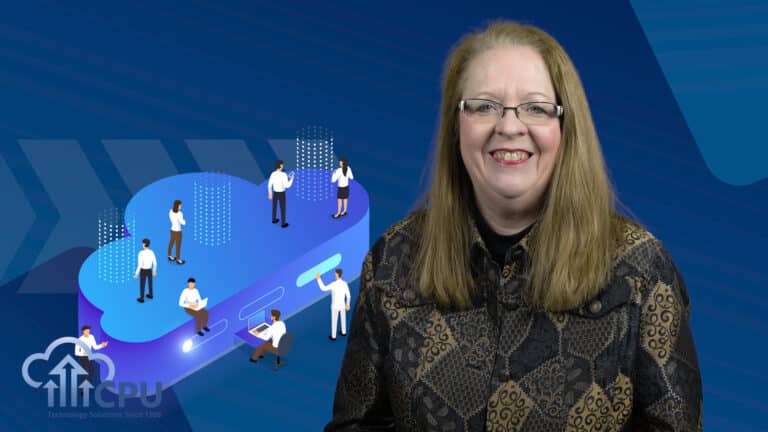It’s that time of year again… Storms, tornados, flooding, hurricanes, and all sorts of severe weather conditions that can easily bring your clients technology down, and in turn, bring productivity to a grinding halt – if they’re not prepared. So what are you doing to prepare your clients for the severe weather that comes around this time of year? MSPs must act as the trusted advisor their clients need – helping them plan to continue operations, no matter what comes their way.
Read more →Every industry has felt the drastic impact of the coronavirus pandemic. Naturally, businesses, schools, and daycares were forced to shut down to minimize the spread. In turn, many MSPs experienced greater demands than ever before with an uptick of support requests as businesses rushed to transition to remote work. For many MSPs, this meant following an ad-hoc approach to simply get all of their clients back to being operational from home. Going forward, remote work is here to stay. Most businesses have decided to continue embracing remote work – at least to some degree – because it allows for social distancing while keeping costs low, productivity high, and overall, more efficiency throughout the workforce. So what’s next for MSPs who followed an ad-hoc approach to helping their clients transition to remote work?
Read more →The cloud is gaining in popularity with users all over. Is your staff capable of addressing all the issues that your clients may have? If you’re like most Managed Service Providers, you have about 10 to 20 clients. And you service between 200-300 endpoints. And again, if you’re like many, you only have one tech to handle all of this. You’re already stretched to the max. If you want to grow, you can’t unless you step up and increase your pool of technicians. And, with clients becoming more dependent on the Cloud, you’ll need IT professionals with this expertise. The problem is that this is easier said than done.
Read more →We’ve seen the coronavirus pandemic drastically change the way we live, work, and connect with one another over the course of a short few months. So what’s next? Now that we’re all working remotely, how will our day-to-day operations change when lockdowns are lifted across the states? Well, from what we’ve seen, most businesses plan to continue with remote work – at least to some degree. Why?
Read more →The COVID-19 Pandemic forced a lot of companies to change the way they do business. Has your business adapted to the new normal? The spread of coronavirus has changed life as we know it, and for businesses, remote work has become essential to continuing operations. But now, we’re seeing various states start lifting lockdowns. So what does this mean? Will businesses rush back into the office or continue to embrace remote work? Well, from what we’ve seen, it’ll be some sort of hybrid with most companies planning to have some employees in the office while others work from home. This allows them to benefit from having the best of both worlds while maintaining social distancing.
Read more →The Coronavirus pandemic has forced businesses to reevaluate the way they do things. Are you prepared for the changes that follow? We’ve all felt the overwhelming impact of the coronavirus pandemic, especially MSPs who needed to rush to transition their clients to remote work on short notice. But over the past couple of months, organizations that once planned on working remotely temporarily are starting to require more permanent strategies. This means that “good enough” will no longer be good enough.
Read more →Even as lockdowns are starting to lift throughout the states, it’s important to continue supporting organizations with their efforts to work remotely. On December 31, 2019, China alerted the World Health Organization (WHO) to dozens of cases of unusual pneumonia in Wuhan. A week later, the virus was identified as belonging to the coronavirus family, and eventually, became known as COVID-19. The rest is history. We’ve seen the situation unfold fast, and now, more than two months later, we’re seeing lockdowns being lifted. So what’s next? Well, we’ve found that many organizations plan to continue embracing remote work – at least to some degree – even as lockdowns are starting to lift.
Read more →The rise of remote work has created a higher demand for MSPs that can build out business continuity plans incorporating collaboration tools, cloud solutions, and cybersecurity measures. We’ve all been forced to adapt to new ways of living, working, and connecting during the coronavirus pandemic. Even as we’re starting to see lockdowns lifted throughout virtually all of the states, most organizations are still embracing the new normal: a hybrid of remote and in-office work. So what are MSPs doing in response to the coronavirus pandemic? And better yet, what will MSPs need to do going forward?
Read more →If So, You’re Not Alone… Companies Are Investing in Technology More Than Ever, But a Shortage of Skilled, Qualified Talent is Creating a Huge Challenge. As technology continues to evolve at a rapid rate, more and more businesses are embracing digitization – investing in the right tools, processes, and procedures to thrive in the marketplace. There’s no doubt about it… The market for information technology support is growing, but MSPs are struggling to find and retain the talent they need to keep up with market demand. CompTIA found that job postings in the technology sector skyrocketed roughly 32% in the first half of last year alone, but who is filling those jobs?
Read more →The Coronavirus Pandemic is Going to Change the Way We Live, Work, and Function, Even After It Subsides. So What Happens to the Technology Businesses Use? It’s no secret… The coronavirus pandemic will be with us for much longer than the lockdown – bringing changes to the way we live, work, and function, even after it subsides. Why? Because we’ve all learned a thing or two about health and safety – and unfortunately, we’ve all learned that in business, disruptions can last much longer than a few days. When it comes to business contingency, we’re often told to plan for an outage of some sort resulting from bad weather, natural disasters or technology failures. But now, we know it’s important to plan for more than that.
Read more →
